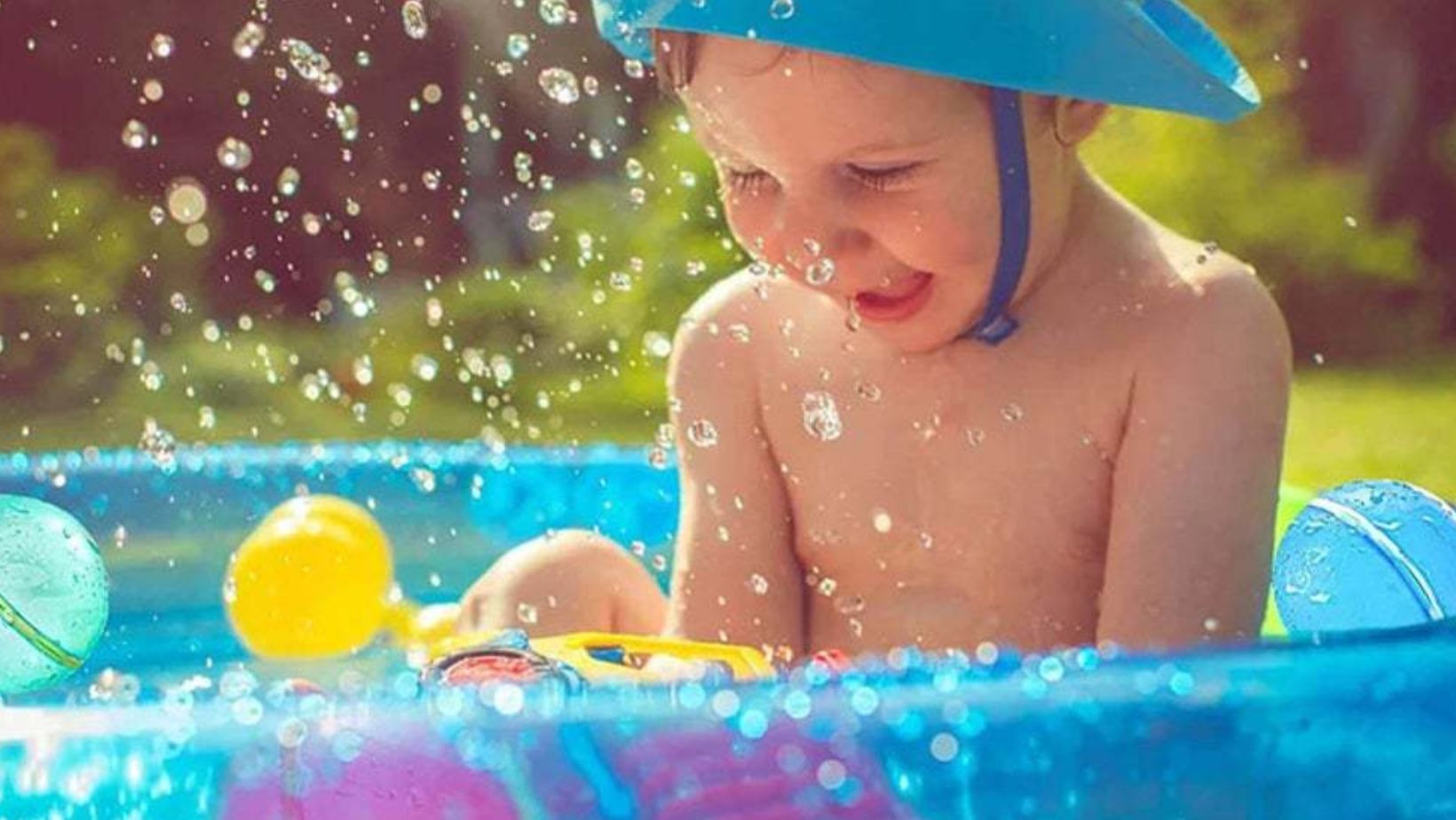As environmental consciousness intertwines with our desire for playful water balloon escapades, the comparison between these two options becomes crucial. Traditional water balloons, often crafted from non-biodegradable materials, face scrutiny for their long-lasting impact on ecosystems. In contrast, biodegradable water balloons emerge as a promising alternative, promising the thrill of water play without compromising environmental responsibility.
This exploration delves into the critical distinctions, from material composition to decomposability, shedding light on the ecological footprint of our favorite reusable water balloon balls. Let's compare!
Comparison Between Biodegradable Water Balloons And Traditional Water Balloons
Following are some points of differentiation between the two water balloon types:
Material
Traditional water balloons are typically made from latex or plastic, both of which are derived from non-renewable resources. Latex balloons, although natural, still contribute to environmental concerns due to their slow decomposition process. Plastic balloons, on the other hand, pose a more significant threat as they persist in the environment for years.
Biodegradable water balloons are crafted from materials such as natural latex or plant-based polymers. Natural latex, derived from rubber trees, is a renewable resource, and plant-based polymers often come from sources like cornstarch. These materials break down more efficiently, aligning with the principles of sustainability.
Decomposition Time
Traditional water balloons, particularly those crafted from plastic, undergo a prolonged decomposition process that can span several years. This gradual breakdown exacerbates pollution issues and poses threats to wildlife and ecosystems as the lingering plastic waste continues to impact the environment.
In stark contrast, biodegradable water balloons are engineered to expedite their decomposition process. Depending on the specific materials employed and prevailing environmental conditions, these eco-friendly alternatives can break down within a matter of weeks to months. This accelerated decomposition aligns with sustainability goals.
Environmental Impacts
Traditional water balloons made of plastic have a significant environmental impact. These balloons, when discarded, contribute substantially to pollution. The persistence of plastic in ecosystems poses risks to marine life, disrupting habitats and causing long-term harm.
Engineered to decompose into natural components, biodegradable balloons leave a minimal environmental footprint. Unlike their traditional counterparts, biodegradable balloons ensure their disposal does not contribute to long-term pollution or harm delicate ecosystems.
Additives and Dyes
Traditional water balloons commonly incorporate additives and dyes, often containing potentially harmful chemicals. As these balloons break down, the leaching of these additives into the environment becomes a concern. This process poses potential risks to wildlife and water sources, introducing pollutants that can have detrimental effects on ecosystems.
In contrast, biodegradable water balloons are typically crafted with a reduced use of harmful additives. The emphasis on natural materials in their composition diminishes the likelihood of introducing harmful chemicals into the environment during the decomposition process. This conscientious approach minimizes the ecological impact of water balloon play.
Recyclability
Recycling traditional water balloons poses considerable challenges. The composition of their material and the inclusion of additives make them incompatible with standard recycling processes. As a result, most balloons end up contributing to landfill waste, exacerbating environmental concerns associated with non-biodegradable materials.
Biodegradable water balloons present a more environmentally friendly alternative, with some specifically designed for recyclability. Their emphasis on sustainable materials enhances their potential for recycling and responsible disposal, providing a greener end-of-life cycle compared to traditional counterparts.
Conclusion
In the ongoing quest for sustainable choices, the comparison between biodegradable and traditional water balloons unveils the ecological advantages of opting for the former. Biodegradable water balloons, with their eco-friendly materials, faster decomposition times, and reduced environmental impacts, emerge as a promising alternative for those seeking a guilt-free splash of summer fun.
With a commitment to responsible and sustainable choices, you can ensure that the laughter of water balloon fights does not come at the cost of our planet's well-being.


